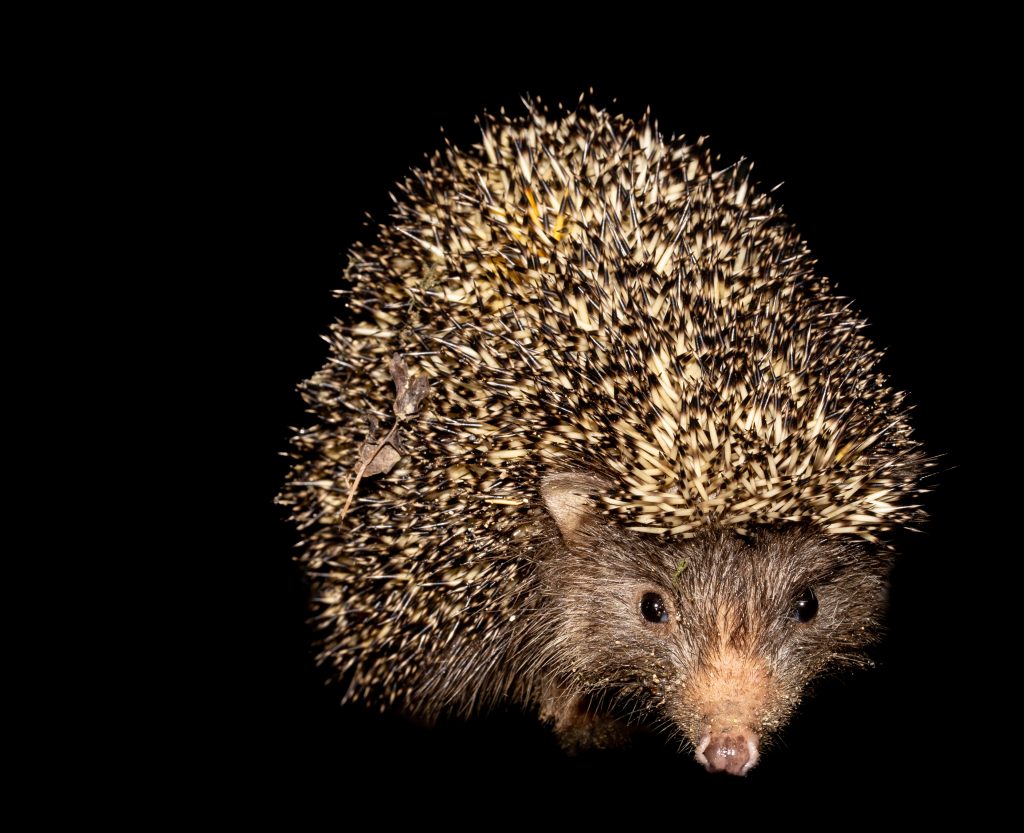
A Weekend in Jiangsu & Zhejiang China, 2025
When I spent Christmas in China I got a serious crush on the country. I couldn’t wait to return, and so I visited for the weekend on my way home from Japan in June.
I met up again with Meng Jiang – aka ‘Frank’ – who runs the Nanjing Yangtze Finless Porpoise and Aquatic Life Conservation Association. In January he had introduced me to Nanjing and the important work his organisation is doing to protect finless porpoises in the city. This time Frank offered to take me on a whistle-stop tour to two sites in southeast China to look for more mammals and invited me to speak at an event to promote his work in Nanjing.

Pere David’s Deer (Elaphurus davidianus)
Once again I cannot say enough good things about Frank or about China. But, in a nutshell, travelling around China is incredibly efficient, safe and comfortable. The people are patient, welcoming and kind and the mammalwatching is exciting! There is so much potential here and the country seems to be opening up quickly to tourists. It is all very exciting.
Frank and his team are doing huge amounts to protect the Yangtze Finless Porpoise and are working to engage the whole city in their efforts. During my visit we took the first trip on their new porpoise watching tour bus which they hope will become a tourist attraction. Judging by the excitement of those on board when we spotted porpoises I hope this is destined for success.

The Nanjing Porpoise Bus
But Frank is also finding time to expand into ecotourism – including mammalwatching – across China. My trip was a chance for us all to learn about the potential for this in the region.
China is a wonderful place to travel around. The friendliness of the people, the quality of the food and hotels, a superb high speed rail network which we used to crisscross the southeast, and excellent and accessible mammalwatching. I am still smitten.
Frank and his colleague Fu Man arranged our trip immaculately with the help of Vicky in their office. We travelled between cities by high speed train, which are affordable, comfortable and punctual to the second. When we pulled into each station we picked up a rental car to reach our final destinations. This was very easy. But only because Frank was doing the organization … it would be a difficult trip for me to have taken without the help of a local.
Yancheng Dafeng Milu National Nature Reserve

Pere David’s Deer (Elaphurus davidianus)
Our first stop was the Yancheng National Nature Reserve which is home to the world’s only wild population of Pere David’s Deer. We took a high speed train from Nanjing to Yancheng and then drove an hour to the wetland reserve. We stayed in a new hotel near the reserve’s entrance.
Once hunted to extinction in China, a few deer survived in European zoos and were returned to the wild in China in the 1980s. They are now easy to see here. There is a large captive colony in the reserve and thousands of other animals – including many wild born deer – live wild in the wetlands adjacent to the captive colony, including along the road that runs to the coast.

Pere David’s Deer (Elaphurus davidianus)
Fu Man and I went out for a night drive. I was not sure what we might find in the patches of woodland along the road but hoped for an Amur Hedgehog. It took us about two minutes to find one, the first of three we saw that night next to the road.

Amur Hedgehog (Erinaceus amurensis)
Qingliangfeng Natural Reserve, Hangzhuo

Eastern Forest Hedgehog (Mesechinus orientalis)
When Frank and I were discussing our trip we had decided to go for the Pere David’s Deer in Yancheng and then try for Hog Badgers in the Qingliangfeng Nature Reserve near Hangzhou.
We travelled by train from Yancheng to Hangzhou via Shanghai, which gave me another chance to marvel at Chinese efficiency. We ordered lunch from a fast food restaurant in a Shanghai train station that was delivered to our seat during a five minute stop! I do not believe this could work anywhere else in the world.
In Hangzhou we used an app to collect a rental car from the station and we drove for 90 minutes to Xinfeng Village at the base of the mountain reserve where checked into a small guesthouse. Frank spotted a Pallas’s Squirrel.

Qingliangfeng forest
Frank had arranged for a friend of his – biologist Chen Yining – to join us that evening. Chen works with Eurasian Otters on Jintang Island near Zhoushan City, but also knew this reserve and the mammals very well. Chen estimated we had a 50% chance of seeing a Hog Badger that night and said we had better chances for other species including Chinese Hare and the newly described Eastern Forest Hedgehog.
It was an excellent night. We spent a very productive five hours driving slowly up the mountain road using thermal scopes to search the road side. The road wrapped its way up and around steep mountain slopes so was not ideal for a night drive as you could not see far into the trees. But the forest was good and there was no traffic between the last village and the gate at the end of the road which is an entrance to a military base.

Eastern Forest Hedgehog (Mesechinus orientalis)
We found our first Eastern Forest Hedgehog after half an hour. It was walking along the side of the road so we stopped for an extended photo session. Although they seem common here (we saw another in a village garden later that night), the species was only discovered in 2023. A small, long-legged hedgehog that seemed relaxed despite the photoshoot.

Hainan White-bellied Rat (Niviventer lotipes)
We found several large rats in trees, one of which posed well for photos. Chen, who has taken part in small mammal surveys in the park, decided it was a Hainan White-bellied Rat rather than the fairly similar South China White-bellied Rats (Niviventer huang) that also occur here.

Hainan White-bellied Rat (Niviventer lotipes)
Further up the mountain a largish animal shuffled across the road. A Hog Badger! Unfortunately I was sitting in the back and the the car headlights were off, so we didn’t get a look at the animal fully illuminated nor take any photos. A lifer for me but a species now on my ‘want better views list’.
We saw a single Chinese Hare in a small clearing, a Reeve’s Muntjak and several Sika Deer at the end of the road.
Driving back down the hill I spotted a very small mammal in my thermal scope running along the wall at the side of the road. A tiny shrew which we almost managed to catch as it dashed up and down a drainage ditch next to the road. Far too quick for photos but we saw it very well. Chen was sure it was a Shantung White-toothed Shrew, as it was too small to be any of the other species known from the reserve.
We finished 1a.m. with four lifers for me. An excellent evening.
Other species potentially in the forest include the very rare Black Muntjac and a species of Typhlomys tree mouse – which will get mammal family listers’ pulses racing – that was caught on a nearby mountain. Yet another place I want to return to.
Nanjing

Asian Badger (Meles leucurus)
Back in Nanjing the next evening Frank took me to Zhongzshan (Purple) Mountain in the middle of town where Jonas Livet and Rūta Vaicekauskaitė had seen an Asian Badger in October 2024. They are common along the trail up the mountain and often feed on food left out for stray cats.
It was raining, and I felt guilty for keeping Frank away from his family, so I was in a hurry. But it took just 10 minutes to find and photograph a badger. Raccoon Dogs are quite common here too as well as Wild Boar.

Mammalwatching media frenzy
I spent the next morning with Frank to help promote his work on the Yangtze Finless Porpoise. We took the inaugural trip on his new porpoise watching bus and stopped to watch porpoises from the river bank before taking a short boat trip to see more. I was able to get better photos than I had managed six months earlier.

Yangtze Finless Porpoise (Neophocaena asiaeorientalis)
And then Frank and I spoke at an event he had put together at short notice to recognise the work his volunteers are doing to help protect the porpoise. Frank’s enthusiasm and energy know no bounds.

I left after an early lunch to start my long journey home, promising to return to China as soon as possible.

Yangtze Finless Porpoise (Neophocaena asiaeorientalis)
Thanks
A huge thank you to Frank, Fu Man and the wonderful Vicky at the office for generously hosting me and arranging this trip to perfection. To Chen Yining for his expert guiding in Qingliangfeng, and to the Jumeirah Hotel in Nanjing for looking after me there. And thank you to all the many other people in China we met along the way who were all so helpful and kind.
Frank will soon start running ecotours to these sites and beyond. I will include more details here of his new company when they are ready (which should be soon). For the moment you can contact him on this email or message me and I can put you in touch.
Trip List
Chinese Hare (Lepus sinensis)
Tolai Hare (L.tolai)
Pallas’s Squirrel (Callosciurus erythraeus)
Hainan White-bellied Rat (Niviventer lotipes) – endemic
Amur Hedgehog (Erinaceus amurensis)
Eastern Forest Hedgehog (Mesechinus orientalis) – endemic
Shantung White-toothed Shrew (Crocidura shantungensis)
Northern Hog Badger (Arctonyx albogularis)
Asian Badger (Meles leucurus)
Pere David’s Deer (Elaphurus davidianus)
Reeves’s Muntjac (Muntiacus reevesi)
Sika Deer (Cervus nippon)
Yangtze Finless Porpoise (Neophocaena asiaeorientalis) – endemic
13 species and 8 lifers.
Post author
2 Comments
Leave a Reply
You must be logged in to post a comment.


tomeslice
Damn, Jon!!
Between the banded linsang, 3 badgers and now better, clearer clouded leopard.. you’re cleaning house! It’s not even fair anymore 😜
I used to have a set of mammals that you didn’t have including the odd badger and even white-bellied pangolin till last year.. now it’s down to link rat and marbled cat 🤪🤣
Well done, I’m super jealous!!!
Cheers,
Tomer